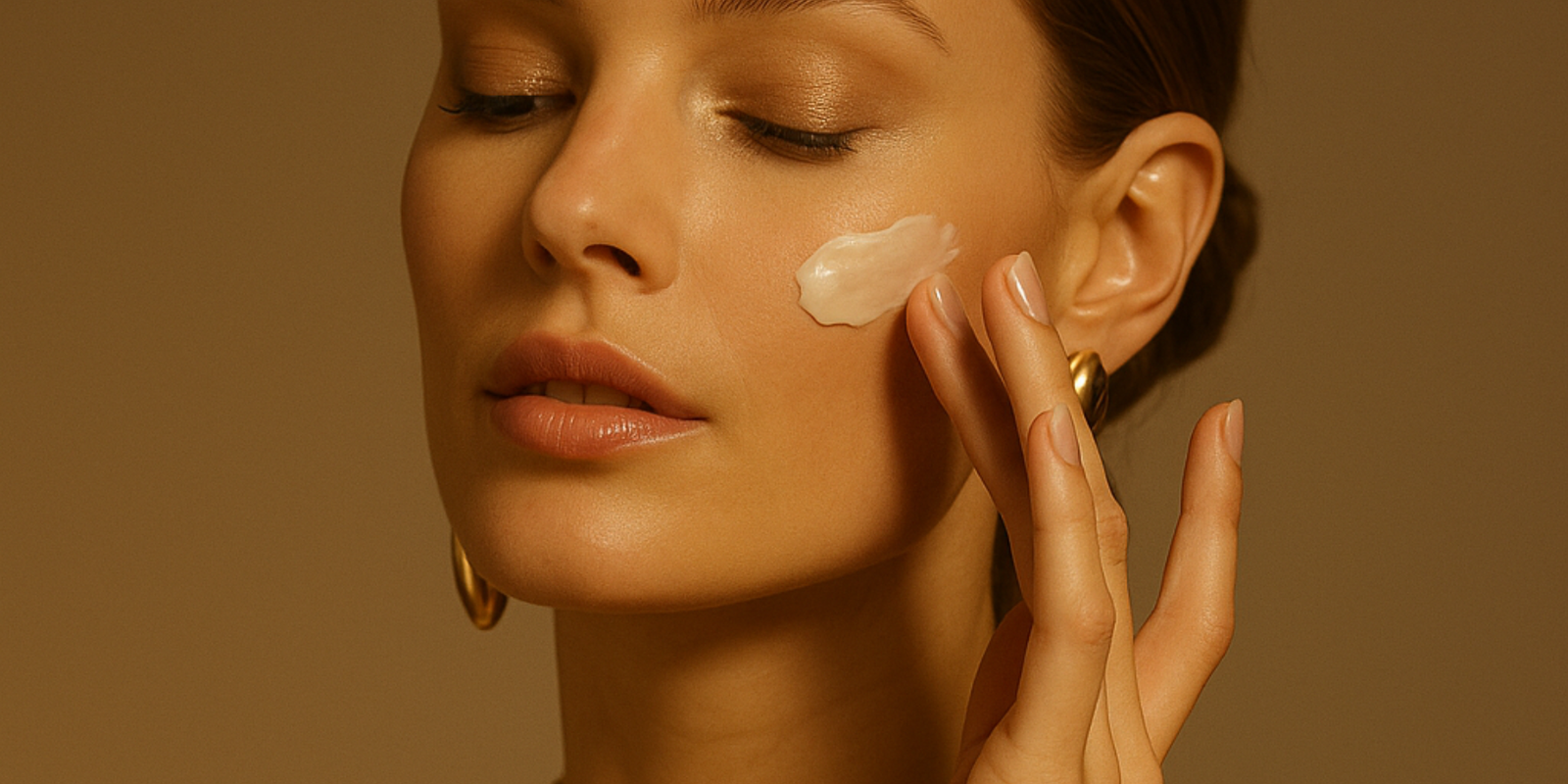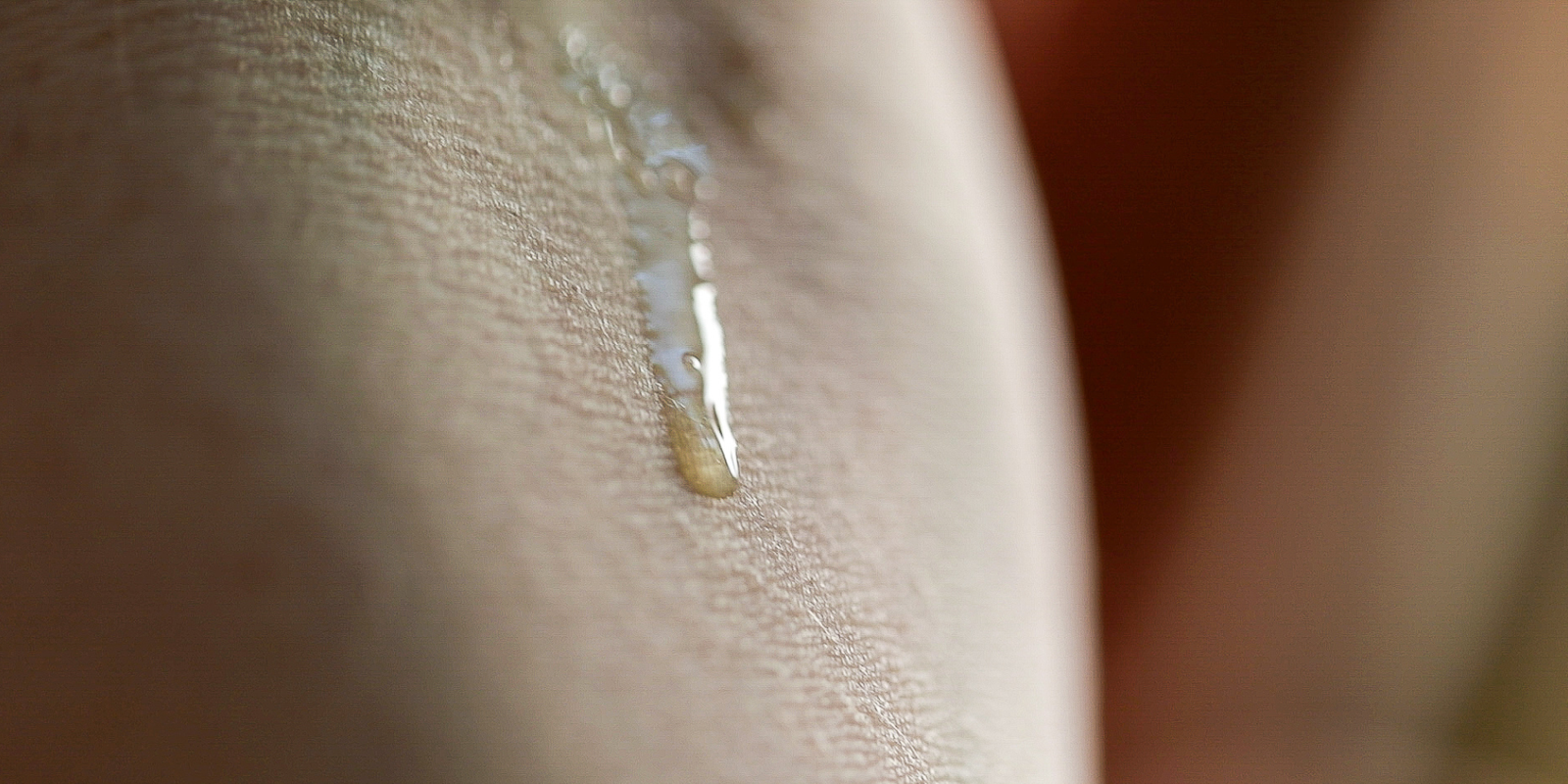EWG Verified & Leaping Bunny Certified | Free Gift $200+
EWG Verified & Leaping Bunny Certified | Free Gift $200+
Understanding Fatty Acids: Your Skin’s Best Friend

Understanding Fatty Acids: Your Skin’s Best Friend
Introduction.
In the world of skincare, there's a constant buzz about various ingredients and their benefits. Among these, one group stands out to me for its remarkable impact on skin health: fatty acids. Despite their somewhat misunderstood reputation, these compounds play a crucial role in maintaining your skin's integrity and vitality. In this post, let's delve into the world of fatty acids, what they are, what they do, and why they're essential for skincare.
What are fatty acids?
Fatty acids are organic molecules composed of chains of carbon atoms (the building blocks of life) with a carboxyl group at one end. The carboxyl group is a grouping of atoms that includes a carbon atom with a double bond to an oxygen atom, and a single bond to another oxygen and hydrogen atom pair. The carboxyl group is important because it gives certain molecules special properties, such as the ability to give away hydrogen ions and become positively charged. This affects how they interact with other molecules and what they do to your skin and body.
Fatty acids are the building blocks of lipids, which are essential components of cell membranes, providing structure and stability to cells. These versatile compounds come in various forms, each with its own unique properties and benefits.
Fatty acids in your diet vs. on your skin.
Fatty acids serve different purposes and target different aspects of health and skincare. Ingesting something internally has a different result on your body than applying something topically to your skin. For the purpose of this article, I will only be focusing on the topical application of fatty acids.
The different types of fatty acids.
There are several types of fatty acids, and they are categorized based on their saturation level, which refers to the number of hydrogen atoms attached to the carbon chain.
Saturated Fatty Acids
These fatty acids have no double bonds between carbon atoms and are fully saturated with hydrogen atoms. They are typically solid at room temperature. Examples of oils rich in saturated fatty acids include Coconut oil, Palm oil, Cocoa butter, and Shea butter (I classify butters as oils due to their composition).
Saturated fatty acids are very emollient and form a protective barrier on your skin’s surface, locking hydration in and improving its texture.
There are different types of saturated fatty acids- the most common ones are lauric acid, palmitic acid, and stearic acid. Lauric acid, found in Coconut and Palm oils, has a thicker consistency and therefore has a higher likelihood of clogging your pores. Stearic and palmitic acids on the other hand (found in Cocoa and Shea butter), have shorter chains and are much less likely to clog your pores.
Monounsaturated Fatty Acids (MUFAs)
These fatty acids contain one double bond in the hydrocarbon chain. This double bond creates a bend in the molecule, which affects its physical properties. MUFAs are typically liquid at room temperature but tend to solidify slightly when chilled.
MUFAs are deeply skin soothing, restore your skin’s barrier function, and help balance your skin’s natural moisture production.
The most common MUFAs are oleic acid and palmitoleic acid. Oleic acid is found in abundance in Apricot Kernel, Olive, Avocado, Almond, Sunflower, and Hazelnut oils, and palmitoleic acid is mostly found in Macadamia and Sea Buckthorn oils. Oleic acid is lighter weight and less likely to clog your pores, whereas palmitoleic acid is thicker and can be comedogenic.
Eicosenoic acid is a MUFA that has some special characteristics- it is not present in your skin’s sebum but is the fatty acid that is structurally the most similar, so it provides excellent moisturization and can break down skin sebum to keep your pores clear. It is found almost exclusively in Meadowfoam and Jojoba oils.
Another MUFA with some unique properties is ricinoleic acid. It is different from the typical fatty acid in that it has increased solubility in water and enhanced moisturizing abilities. It has been shown to stimulate tissue regeneration, and greatly reduce inflammation, particularly for sensitive skin conditions like eczema and psoriasis. It is predominately found in Castor Oil.
Polyunsaturated Fatty Acids (PUFAs):
These fatty acids contain two or more double bonds in the hydrocarbon chain. These double bonds create multiple bends in the molecule. PUFAs are also called ‘essential fatty acids’ and are crucial for overall health because our bodies do not produce them- they must be obtained from outside sources. They serve as precursors to important signaling molecules in your body, such as prostaglandins, which regulate inflammation.
PUFAs are incredible for skincare because they have the ability to soothe irritated skin, reduce redness, regulate sebum production, accelerate cell regeneration, and protect your skin against oxidative damage caused by free radicals.
There are two main types of PUFAs, linolenic (omega-3) and linoleic (omega-6) fatty acids. Linolenic/omega-3 is particularly beneficial for inflammation and is found in Sacha Inchi (one of the richest sources), Flax Seed, Chia Seed, Strawberry Seed, and Camelina oils. Linoleic/omega-6 fatty acid has powerful antioxidant effects that protect your skin from environmental damage and premature aging; it is mainly found in safflower (one of the richest sources), Sunflower, Grapeseed, Evening Primrose, and Hemp Seed oil.
Another type of PUFA that has some powerful skin-enhancing properties is punicic (omega-5) fatty acid. Punicic acid has a unique chemical structure and possesses very potent antioxidant properties. It helps with fine lines, and cell regeneration, and is highly anti-inflammatory. It is found primarily in Pomegranate Seed Oil, although trace amounts can be found in Sacha Inchi, Sea Buckthorn, and Acai Berry Oils.
What do fatty acids do?
Fatty acids play essential roles in maintaining the health and appearance of the skin. They are crucial components of the skin's structure and function, and they offer several benefits for skin health.
Moisturization
Fatty acids act as natural emollients, helping to moisturize and soften your skin by forming a protective barrier that prevents water loss. They help maintain skin hydration, improve skin texture, and alleviate dryness, leaving your skin feeling smooth and supple.
Skin Barrier Function
Fatty acids contribute to the integrity of your skin barrier, which is essential for protecting against environmental stressors, pathogens, and irritants. They help replenish lipids in the stratum corneum (the outermost layer of your skin), strengthen your skin barrier, and enhance its ability to retain moisture.
Inflammation Regulation
Some fatty acids, such as linolenic/omega-3 and linoleic/omega-6 fatty acids, have anti-inflammatory properties that help soothe irritated or inflamed skin conditions. They help modulate your skin's inflammatory response, reduce redness, swelling, and discomfort, and promote skin healing.
Antioxidant Protection
Fatty acids contain antioxidants, such as vitamin E, that help protect your skin against oxidative stress caused by free radicals. Free radicals can damage skin cells, leading to premature aging, wrinkles, and other signs of skin damage. Antioxidant-rich fatty acids help neutralize free radicals, prevent oxidative damage, and maintain a youthful complexion.
Wound Healing
Fatty acids play a role in your skin's natural healing process by promoting cell regeneration, tissue repair, and collagen synthesis. They help accelerate wound healing, minimize scarring, and restore your skin's barrier function after injury or trauma.
Sebum Regulation
Fatty acids help regulate sebum production, your skin's natural oil, which is important for maintaining skin hydration and protecting against dryness and irritation. Balanced sebum production can help prevent acne breakouts and promote healthy, clear skin.
How to incorporate fatty acids into your skincare routine.
Now that you understand the importance of fatty acids in skincare, you may be wondering how to incorporate them into your daily regimen. I suggest you start by determining what your skin needs. Does it need moisture? Does it have uneven pigmentation? Fine lines? Acne or irritation? Once you determine exactly what your skin needs, you can determine the types of fatty acids/oils that would provide the most benefit.
From there, you can either select products that contain those ingredients or purchase them individually and use them to cleanse and moisturize your skin. Below is a chart I made that can help you choose.

Fatty acids In Flora Mirabilis products.
I believe in the healing powers of fatty acids, which is why I made a conscious decision to choose oils for our products that contain the highest levels of those I find most beneficial to the skin.
Holy Grail Face Oil
Our Holy Grail Face Oil contains Sacha Inchi (the richest source of linoleic/omega-6 acid), Apricot Kernel, and Pomegranate Seed oils. I combined these oils in a way that provides a balanced ratio of oleic, linoleic/omega-6, and punicic/omega-9 fatty acids. This gives the oil a lightweight texture, that is non-comedogenic, deeply moisturizing, and skin softening. It can treat fine lines, improve skin tone, reduce hyperpigmentation, minimize redness, irritation, and inflammation, and give your skin an overall healthy glow that comes from being in a state of balance and harmony. Click here to shop our Holy Grail Face Oil now.
Fountain Of Youth Cleansing Clay
Because this product is meant to cleanse your skin, I chose Safflower, Meadowfoam, and Castor oils, which are rich in linolenic/omega 3, eicosenoic, and ricinoleic fatty acids. This powerful combination helps break down oil in your pores to remove and prevent blackheads, balances oil production, heals your skin’s barrier, stimulates tissue regeneration, and greatly reduces inflammation. Since Castor oil has an increased solubility in water, and Meadowfoam is so similar to skin sebum, they work quite well as cleansing oils and leave your skin deeply cleansed, without feeling dry or tight. Click here to shop our Fountain Of Youth Cleansing Clay now.
Conclusion.
Fatty acids are not just a buzzword in skincare; they're indispensable allies in your quest for healthy, radiant skin. From hydration and nourishment to inflammation control and antioxidant protection, these versatile compounds offer a plethora of benefits for your skin. By incorporating fatty acid-rich oils into your skincare routine, you can unlock the transformative power of nature and achieve a luminous complexion that radiates health and vitality.
References.
https://pubmed.ncbi.nlm.nih.gov/25471798/
https://pubmed.ncbi.nlm.nih.gov/25979502/
https://pubmed.ncbi.nlm.nih.gov/26177664/
Also in Apotheca Edit

The Hidden Cost of Fillers: You’re Paying for Ingredients That Irritate Your Skin
Many skincare products rely on “filler” ingredients—fragrance, dyes, and texture agents that offer no real skin benefit and may contribute to irritation. Learn how to spot them and choose formulas built only with active, purposeful ingredients.

The Dangers of Designer Skincare
The price tag of luxury skincare doesn’t mean rare ingredients and better results. Many designer formulas prioritize packaging gimmicks and prestige over true skin health—often using silicones, synthetics, and preservatives that quietly damage your skin barrier. Learn about label transparency and why “premium” isn’t always better to reveal what skin nourishment really looks like.

The Top 10 Best (And Worst) Oils to Use On Your Face
I get asked all the time about using oils like avocado, olive, and coconut on the face—and the truth may surprise you. Not every “natural” oil is good for your skin. In this post, I break down the best and worst oils to use, what their comedogenic ratings really mean, and how to choose the ones that will actually nourish your skin instead of clogging it.
Subscribe
Sign up to get the latest on sales, new releases and more …
Reviews
See why 1000's have simplified their skincare with Flora Mirabilis.
